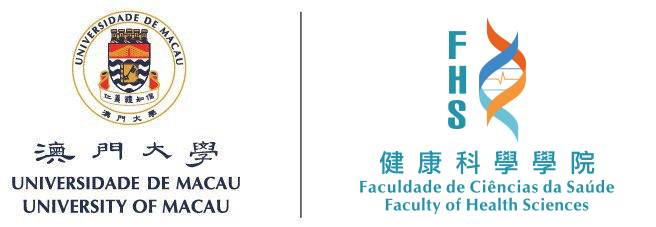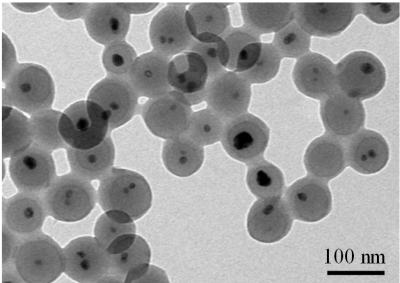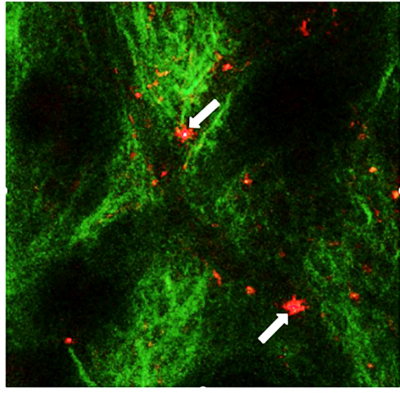A team led by Prof. Tzu-Ming LIU in the University of Macau (UM) Faculty of Health Sciences (FHS) has made a breakthrough in the research of organic nanoparticles. This work proves that the biocompatibility and stability of organic near-infrared dyes could be improved by loading them into water-soluble polymer carriers, which provides a new perspective for the application of organic photoelectric materials in biomedical applications and plays a great role in biological imaging, tumor treatment and drug delivery. The research results have attracted much attention in the field of nanotechonology and have been published in the renowned international journal Journal of Nanobiotechnology.
Near-infrared organic molecules have been widely applied in optoelectronic devices. However, these organic molecules have low solubility in the aqueous phase and poor biocompatibility. These disadvantages limit their applications in biomedicine. Encapsulating these near-infrared organic molecules on nano-carriers can effectively solve this problem, Furthermore, hydrophilic near-infrared nanoparticles have more excellent biocompatibility and water solubility than other materials. However, the nano-carriers used to contain these dyes need to be tailor-made due to the different structural properties of different near-infrared dyes. The preparation procedure of these nano-carriers will also be very complex, and there may be changes in the properties among batches in the process of mass production. These obstacles hinder the wide application of nano-carriers. Therefore, it is highly desired to develop a simple and easy loading strategy to manufacture nanoparticles compatible with different dye molecular structures.
In this study, the research team utilized poly (styrene-alt-maleic acid) (PSMA) to design a kind of organic nano-carrier to load a variety of commercially available dyes through adsorption. Comparing with the traditional carriers, the organic nanoparticles have significantly improved the loading capacity of dyes. These nano-carriers show excellent physical adsorption properties, which can prevent the condensation of organic molecules in the aqueous phase. Since the nano-carrier has both hydrophilicity and hydrophobicity in the aqueous phase, it effectively enhances the biocompatibility and complex conjugation capability. Under certain excitation conditions, the nanoparticles can emit fluorescent signals, which can be used as optical contrast agents in cells and animals. In addition, under the excitation of 808 nm laser, the nano-carrier containing near-infrared dye also exhibited significant photodynamic effects for cancer treatment.
Prof. Tzu-Ming LIU is the corresponding author in this study, his PhD student Zhiming ZHANG, as well as Cheng Kung University, Tunghai University and Tamkang University have also made important contributions to this study. The study was supported by The Science and Technology Development Fund, Macao SAR (file No.: 122/2016/A3, 018/2017/A1, FDCT/0011/2019/AKP, 0120/2020/A30026/2021/A), UM (file No.: MYRG201800070-FHS). The full version of the research study can be viewed at https://jnanobiotechnology.biomedcentral.com/articles/10.1186/s12951-022-01515-5.



